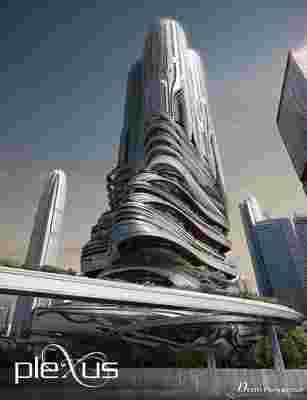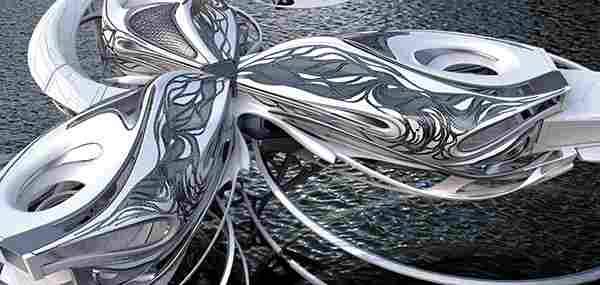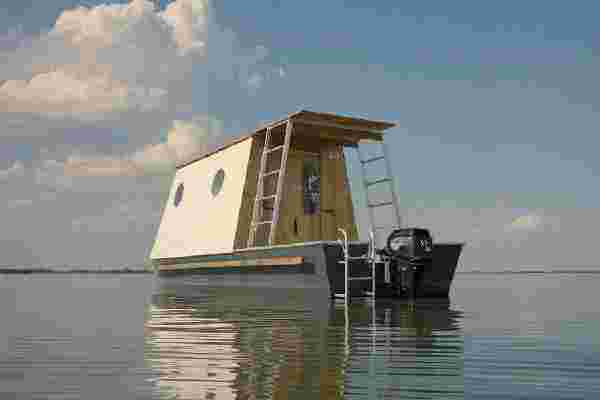
A young couple who were living in a modest apartment in Budapest reached out to architect Tamás Bene to design a small houseboat on Lake Tisza which would be their summer getaway home. They only had one ask – the structure would allow them to be immersed in nature so they could express their love for the region. The houseboat was a perfect concept that fulfilled their wishes without being fixed or grounded just like the river Tisza which is the source of lake’s thriving ecosystem.
The compact houseboat gives the residents an opportunity to spend time closely in the natural environment and even move their location if they feel like. The floating cabin has been designed to blend into the existing landscape so the residents get a chance to experience the surroundings on an intimate level. Bene drew inspiration from traditional cabin fishing boats for the form while optimizing the small space to include a small kitchen, dining table and sleeping area. For a nautical aesthetic, circular windows were added and the interior features warm timber finishes. The essence of the structure will remind you of the organically shape the waterside huts, dinghies and boats.
“The movement of this compact living space intends to enable its occupants to approach the atmosphere of their natural environment as closely as possible – insofar as nature has an ‘atmosphere’. The boat gives us an opportunity to spend time, eat, drink, sleep and awaken nearly anywhere, while blurring the boundaries between our personal selves and nature itself. This region has a special character not only in terms of its wildlife, but also because of the human-built environment that connects the river and the lake,” adds Bene. This houseboat is minimal, cozy and a seamless part of the lake without disturbing the ecosystem – perhaps in future Bene can team up with local communities and design more cabins that promote sustainable traveling!
Designer: Tamás Bene
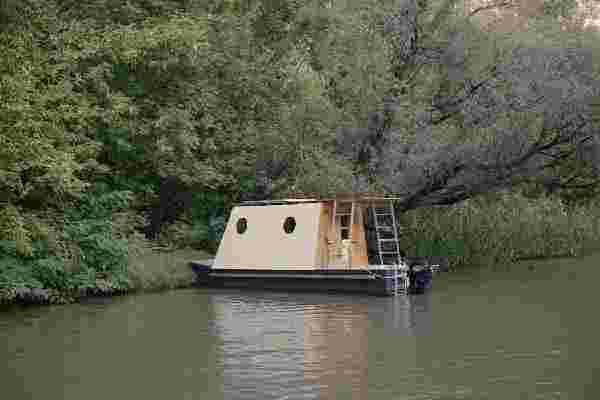
Shanghai’s LightScraper
Designer: UA Studio7
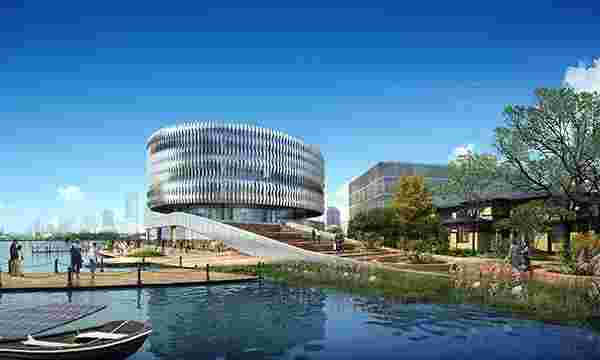
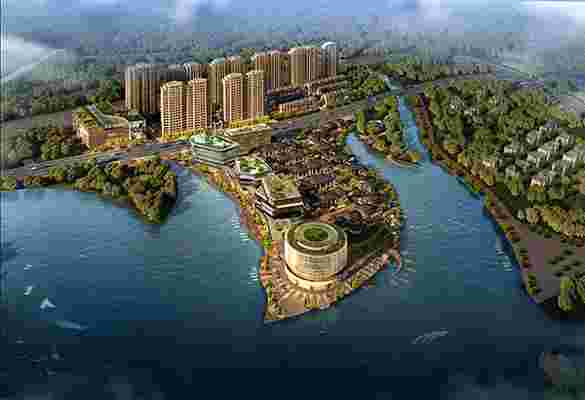
Hong Kong High Rise
The PleXus Tower emerges from the banks of the West Hong Kong Harbor as a distribution of disjointed structures amidst the neighboring historic ferry terminal. The structure starts out as distributed pods that connect with the city’s transportation fabric. The misfit arrangement of these structural pods is bridged together by pipelines over the water, working in harmony with the existing terminal. Though situated on the water’s edge, residential & commercial spaces are completely accessible by car… all the way to the top! Hit the jump to see how —>
Located at the water’s edge next to the Macau Ferry Terminal, the tower’s design varies in both its circulation and organization to control the speed at which it receives and negotiates the flow of traffic to optimize movement around and inside the structure.
As you move inward from the receiving pods, the main structure begins to evolve its own function. First is a horizontal parking structure on the lower levels of the main building, which is accessible from the connected highway networks to efficiently receive car traffic. As you move up the main structure, business and shopping space is available, all accessible by car to the highest level of the tower. The upper reaches of the towers are set aside for residential space, high above the noise of the city, providing a living area that incorporates spectacular views of the dynamic city skyline. A heliport on top of the structure can receive air traffic from above.
The solid form on the south side of the main tower receives solar energy during the day, providing power to the building. The skin is breathable with numerous openings designed to overlap each other, undulating throughout, allowing carbon dioxide to easily filter out from the designated parking areas on the lower levels. Each parking level will also utilize foliage to further filter carbon dioxide from the air helping to reduce pollution in Hong Kong.
The PleXus Tower was conceived as a segmented but highly connected network of major transportation functions, as well as a conventional housing program. The shift in the way the tower design is read, as well as in the functionality of each segment, provides greater programmatic control. Residences are accessible yet private, parking is convenient, and circulation through the ground-level public space provokes interest. At night, lights will glow from the panels, reminding us of the connections these segments share as well as blending in with Hong Kong’s unique night skyline.
Designers: Chris Thackrey, Steven Ma, Bao An Nguyen Phuoc, Christos Koukis, Matus Nedecky, & Stefan Turcovsky
